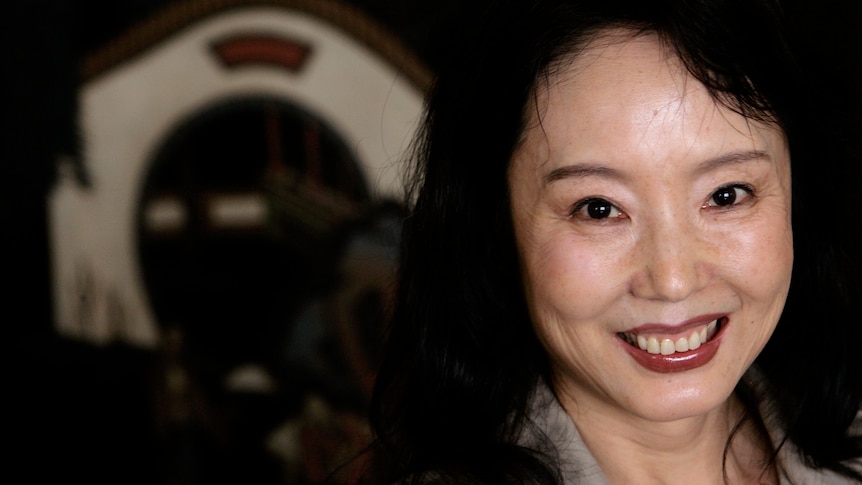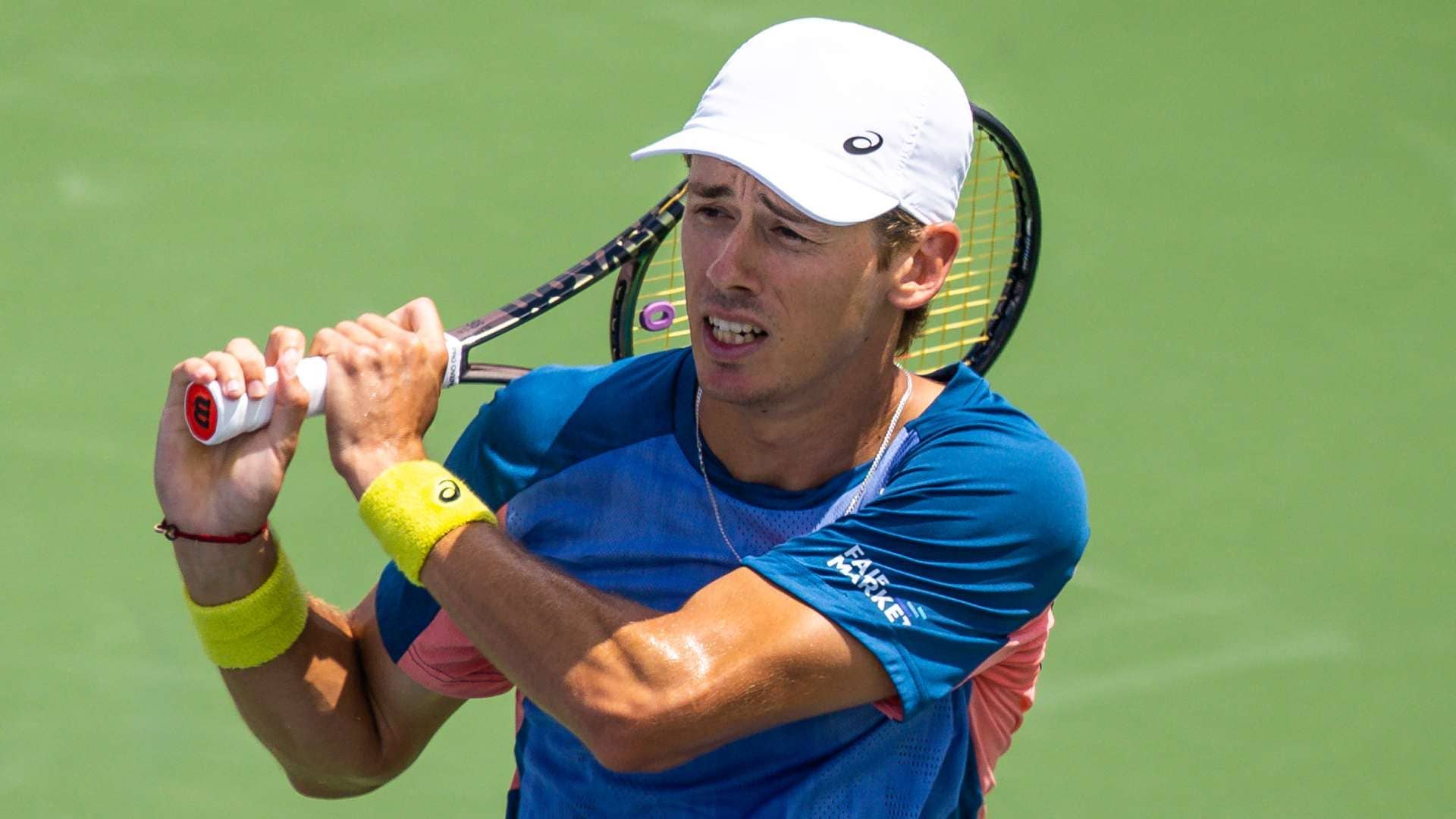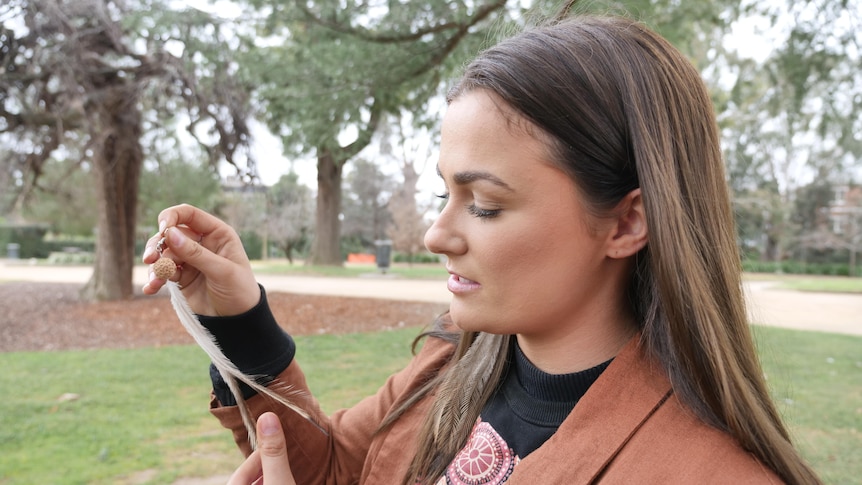The Tigers will be without Jackson Hastings for the rest of the season after he suffered an ugly leg break against the Broncos.
Hastings had his leg caught under him in an ugly tackle that saw Broncos forward Patrick Carrigan placed on report for a hip drop tackle.
Scans confirmed a broken leg for Hastings who will undergo surgery that rules him out for an extended period.
Stream every game of every round of the 2022 NRL Telstra Premiership Season Live & Ad-Break Free During Play on Kayo. New to Kayo? Start your free trial now >
Meanwhile, the Eels have copped a massive blow in their hunt for the top four with star halfback Mitchell Moses reportedly suffering a broken finger.
Brent Read told Triple M that Moses will be ruled out for at least a month after suffering in the injury in last night’s win over the Panthers. Moses appeared to injure his finger at him in the 31st minute, and had it strapped by a physio shortly afterwards, but managed to finish the match.
Moses will reportedly undergo surgery and could miss the remainder of the regular season.
COWBOYS LOSE FLYER TO HAMSTRING INJURY
The Cowboys will be sweating on a hamstring injury to winger Kyle Feldt after he limped off in their 34-8 win over the Dragons.
STORM FULLBACK CRISIS WORSENS
Meanwhile, the Storm’s outside back injury crisis has worsened with replacement fullback Nick Meaney going off against the Warriors with a shoulder injury.
Meaney fell on the point of his shoulder from a great height after he was taken out in the air by Warriors winger Dallin Watene-Zelezniak.
“He fell awkwardly and I wouldn’t be surprised if he has quite a significant AC joint injury the way that shoulder came down right on the point,” Warren Smith said on Fox League.
“Melbourne in all sorts of problems here. They were chasing Reece Walsh to be a fullback.
“Tyran Wishart will come on and play fullback now after they already lost Ryan Papenhuyzen for the season.”
Coach Craig Bellamy was hopeful after the game that it wasn’t a serious injury and revealed there are some positive signs.
“He’s done something to his right shoulder but I don’t think we’re quite sure of what he’s done,” he said.
“It looked pretty dire when he came off, he obviously had the sling on. But it’s looking a bit better at the moment, they don’t think it’s quite as bad as what they thought it was at the start.”
In the same game, Warriors five-eighth Chanel Harris-Tavita succumbed to a leg injury in the first half and left the field.
“We’re thinking it’s an MCL… he’ll have scans to see the extent of the injury. But our medical officer said it’s an MCL injury,” interim coach Stacey Jones said after the game.
ROOSTERS STAR SUFFERS UGLY CONCUSSION
Roosters prop Lindsay Collins has suffered a nasty head knock, colliding with the head of Morgan Boyle.
Collins bounced out of the tackle, knocking himself unconscious before leaving the field with the assistance of the club doctor and trainer.
The 26-year-old was one of three players who left the field in the first four minutes of the Origin decider and was playing his first game since the blow, spending two weeks sidelined due to ongoing concussion symptoms.
“I fear for Lindsay here, he went straight down… he has copped both head and shoulder, that is incredibly heavy on Lindsay Collins,” Andrew Voss said.
“You could see the contact,” Greg Alexander said.
“That is worrying for a player that is only returning this round because of concussion.”
Fox League’s James Hooper confirmed Collins would not return to the field in Round 20.
“Category 1 concussion, his night is over,” Fox League’s James Hooper said.
PANTHERS’ INJURY UPDATE
The Panthers have copped a significant blow with star five-eighth Jarome Luai expected to be sidelined for up to six weeks.
The club confirmed the timeline on Thursday and revealed that Luai had suffered a high grade MCL injury.
Penrith also revealed that Mitch Kenny (knee) and Stephen Crichton (ear/concussion) could return next week.
TIGERS’ BIG BLOW
Luke Brooks will miss Round 20 and likely the rest of the season after suffering a calf injury at training.
The Wests Tigers confirmed on Thursday that Brooks will be out for five to six weeks with Jock Madden the man expected to replace him in the halves.
The Tigers also revealed Luke Garner is a good chance of returning from a neck injury in Round 21, Stefano Utoikamanu has commended a running program after undergoing wrist surgery and Tommy Talau will return to full team training over the next month.
Read on for the full NRL casualty ward.
ROUND 20 INJURIES
Lindsay Collins (head knock) – TBC
Nick Meaney (shoulder) – TBC
Chanel Harris-Tavita (knee) – TBC
Mitchell Moses (finger) – Finals
Adam Elliott (hip) – TBC
Jackson Hastings (leg) – season
Kyle Feldt (hamstring) – TBC
FULL CASUALTY WARD
BRONCOS
Selwyn Cobbo (concussion) – Round 21
Albert Kelly (foot) – Round 21
TC Robati (arm) – Round 21
Te Maire Martin (ribs) – indefinite
Herbie Farnworth (biceps) – indefinite
Jordan Pereira (illness) – indefinite
raiders
Adam Elliott (hip) – TBC
James Schiller (ankle) – Round 21
Jordan Rapana (suspended) – Round 21
Semi Valemei (knee) – Round 21
Harry Rushton (jaw) – Round 25
Trey Mooney (ankle) – indefinite
Jarrod Croker (shoulder) – season
Josh Hodgson (knee) – season
Harley Smith-Shields (knee) – season
BULLDOGS
Paul Alamoti (cheekbone) – Round 21
Corey Allan (groin) – Round 22
Ava Seumanufagai (calf) – Round 22
Corey Waddell (suspension) – Round 25
Luke Thompson (concussion) – indefinite
Jack Hetherington (shoulder) – season
Billy Tsikrikas (knee) – season
Raymond Faitala-Mariner (ribs) – Round 21
SHARKS
Dale Finucane (suspension) – Round 22
Royce Hunt (shoulder) – indefinite
Jack Williams (shoulder) – season
Sione Katoa (pectoral) – season
TITANS
Joe Vuna (knee) – indefinite
Shallin Fuller (leg) – season
BE EAGLES
Sean Keppie (shoulder) – Round 21
Ben Trbojevic (head knock) – TBC
Tom Trbojevic (shoulder) – finals/World Cup
Karl Lawton (knee) – season
Morgan Boyle (ankle) – indefinite
STORM
Nick Meaney (shoulder) – TBC
Jack Howarth (shoulder) – Round 21
Will Warbrick (quad) – Round 21
Tepai Moeroa (shoulder) – Round 21
Brandon Smith (suspended) – Round 21
Xavier Coates (ankle) – Round 22
Trent Loiero (back) – indefinite
Ryan Papenhuyzen (knee) – season
Reimis Smith (pectoral) – season
Christian Welch (Achilles) – season
George Jennings (knee) – season
KNIGHTS
Kalyn Ponga (concussion) – indefinite
Kurt Mann (quad) – Round 21
Bradman Best (thumb) – Round 22
Lachlan Fitzgibbon (shoulder) – indefinite
Chris Vea’ila (leg) – indefinite
Bailey Hodgson (elbow) – season
Dylan Lucas (pectoral) – season
MORE NRL NEWS
COP THAT: Gay former league star slams Manly players, delivers truth bomb
REPLACEMENTS: Bozo’s grandson, 28yo debutant: The ‘feel good’ stories at Manly
JIMMY BRINGS: Latrell twist in $6m act and Tigers star who Storm wanted
‘I’D JUMP AT IT’: Eddie Jones reveals ‘dream’ club to coach in the NRL
NAME THEM: Tigers star opens up on exit rumours, says he’s ‘used to it’ by now
COWBOYS
Kyle Feldt (hamstring) – TBC
Jordan McLean (hamstring) – Round 24
Mitch Dunn (knee) – season
Heilum Luki (knee) – season
EELS
Haze Dunster (knee) – season
Ray Stone (knee) – season
Mitch Moses (finger) – Finals
PANTHERS
Eddie Blacker (hamstring) – Round 21
Mitch Kenny (knee) – Round 21-22
Stephen Crichton (ear/concussion) – Round 21
Kurt Falls (leg) – Round 21
Mavrik Geyer (thumb) – Round 21
Jarome Luai (knee) – Round 25-finals
Nathan Cleary (suspension) – Finals
RABBITOHS
Peter Mamouzelos (wrist) – Round 24
Hame Sele (hamstring) – Round 25
Michael Chee Kam (thumb) – Round 25
Campbell Graham (cheekbone) – indefinite
Liam Knight (knee) – season
Jacob Host (shoulder) – season
Jed Cartwright (hamstring) – TBC
Taane Milne (hand) – Round 21
dragons
Cody Ramsey (knee) – Round 22
Jayden Sullivan (shoulder) – Round 23
Mikaele Ravalawa (hamstring) – Finals
Moses Suli (ankle) – Finals
Get all the latest NRL news, highlights and analysis delivered straight to your inbox with Fox Sports Sportmail. Sign up now!!
ROOSTERS
Siosiua Taukeiaho (cheekbone) – Round 21
Lindsay Collins (concussion) – TBC
Billy Smith (knee) – season
Sitili Tupouniua (knee) – season
Renouf Atoni (knee) – indefinite
WARRIORS
Chanel Harris-Tavita (knee) – TBC
Bayley Sironen (eye socket) – Round 21
Ben Murdoch-Masila (elbow) – Round 24
Aaron Pene (ilness) – Round 21
Jack Murchie (staff) – Round 21
Jesse Arthars (quad) – Round 22
TIGERS
Luke Garner (neck) – Round 21
Tommy Talau (knee) – Round 21
Stefano Utoikamanu (wrist) – Round 24
Luke Brooks (calf) – Round 24
Jackson Hastings (leg) – season
Alex Twal (concussion) – season
Shawn Blore (ACL) – season
.
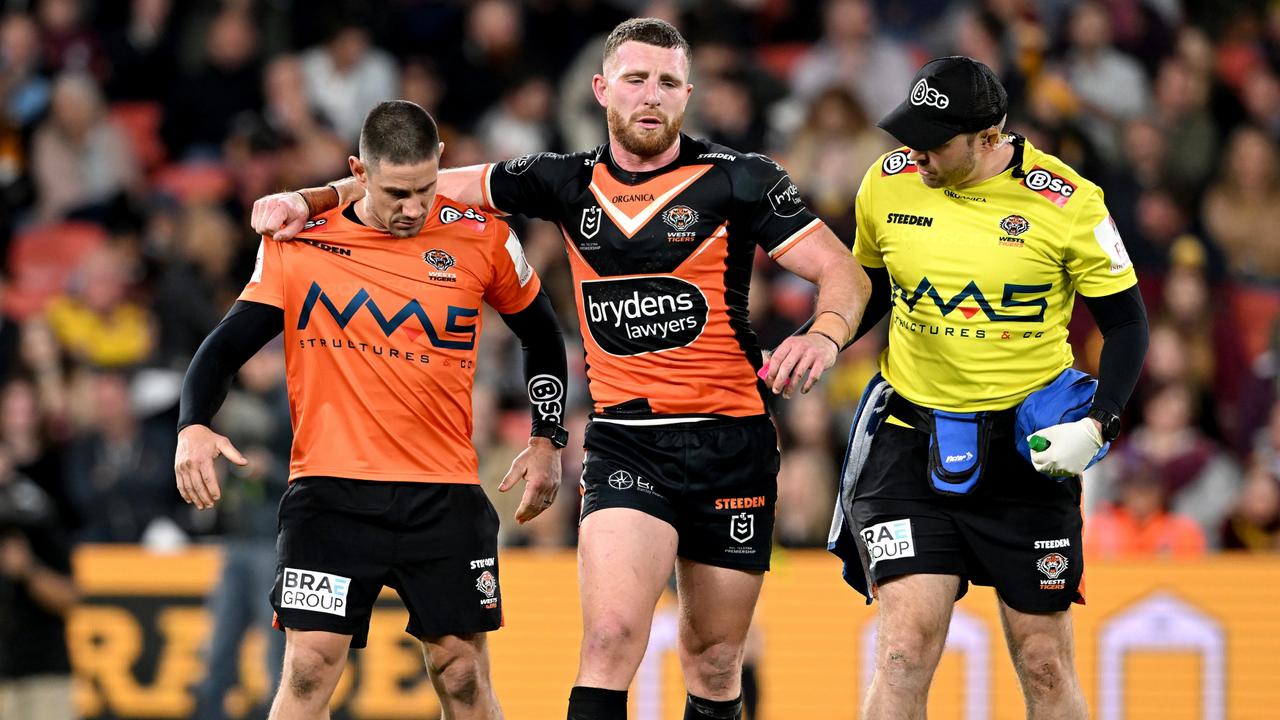
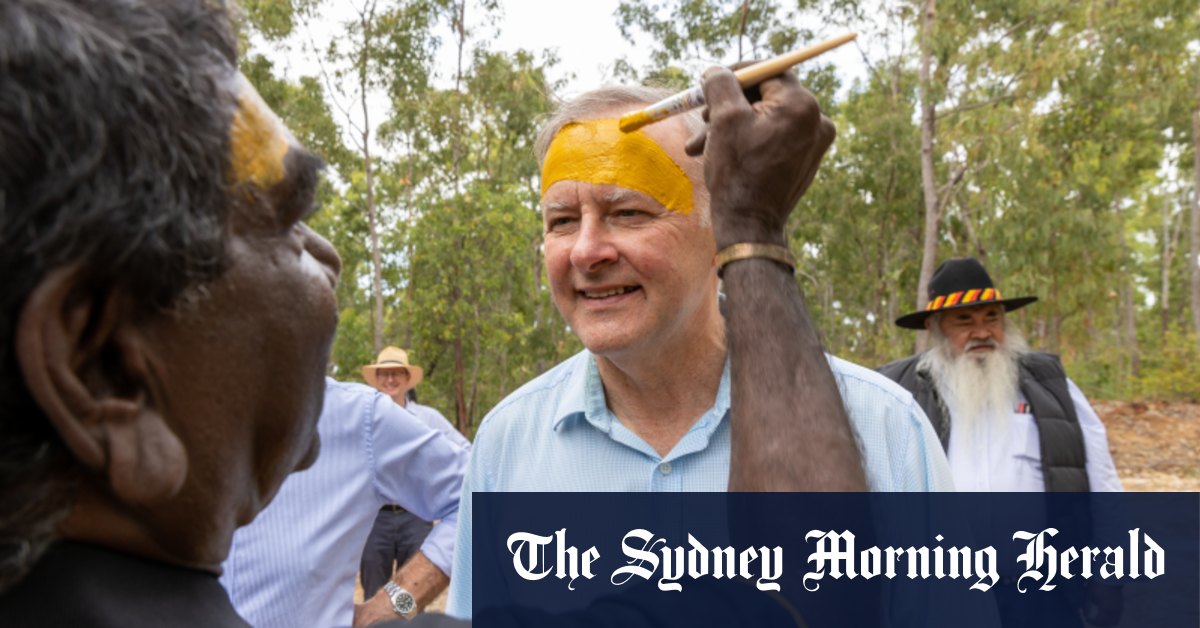




:no_upscale()/cdn.vox-cdn.com/uploads/chorus_asset/file/23905792/akrales_220727_5337_0013.jpg)
